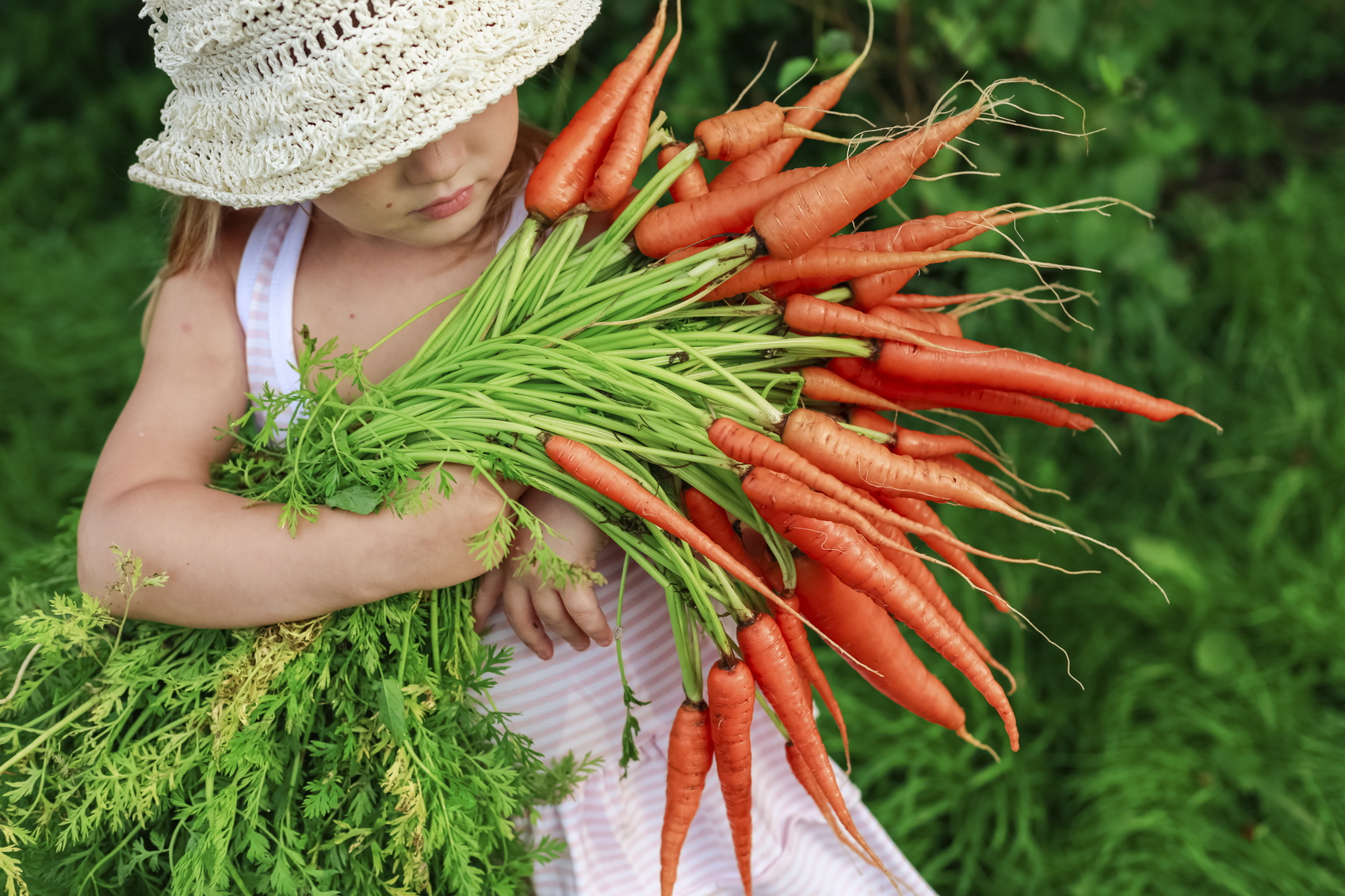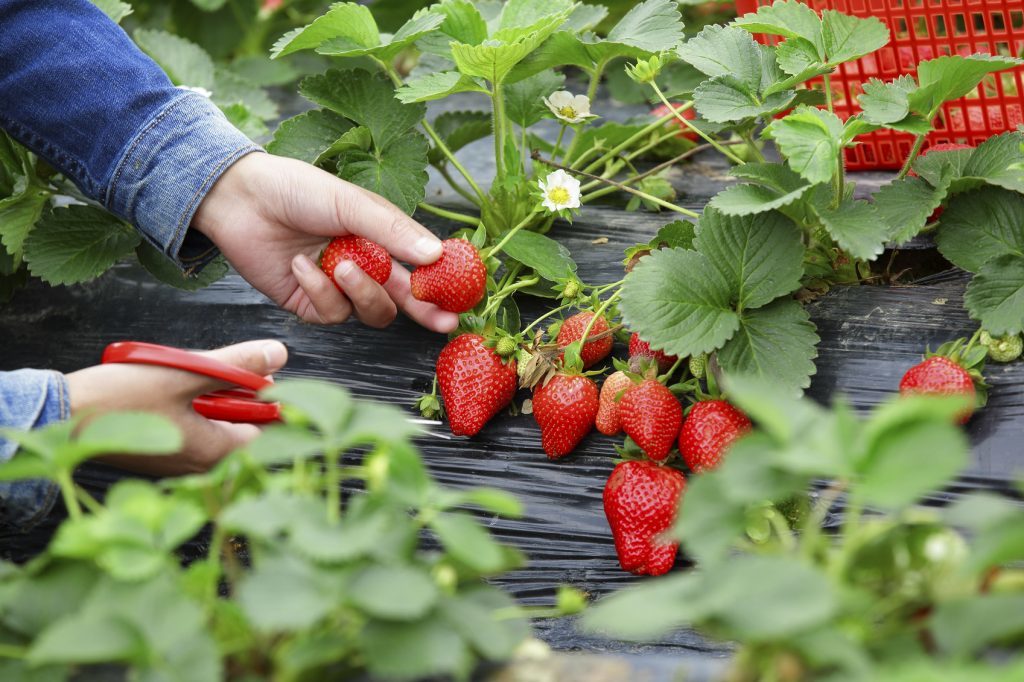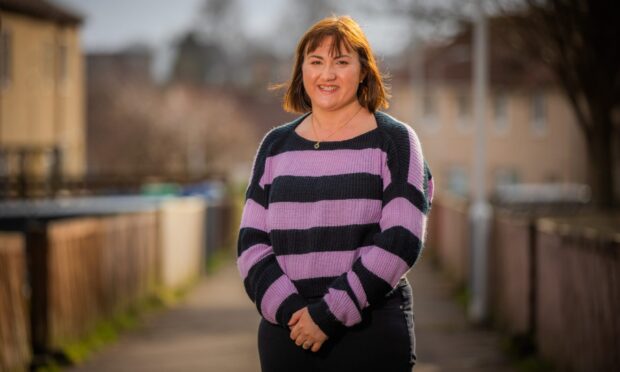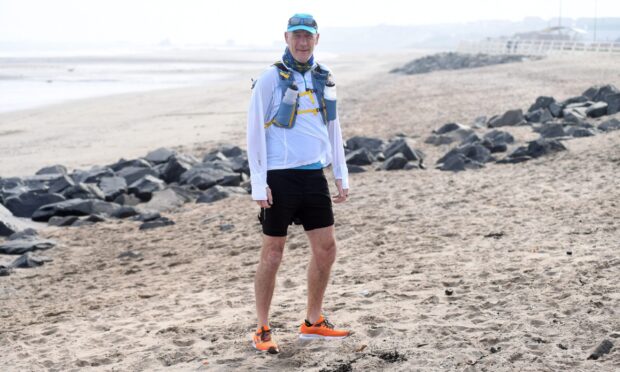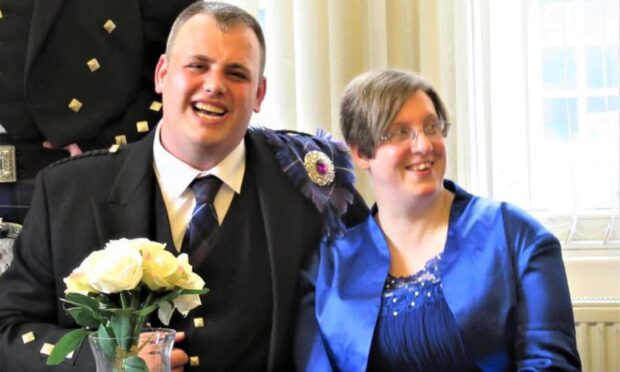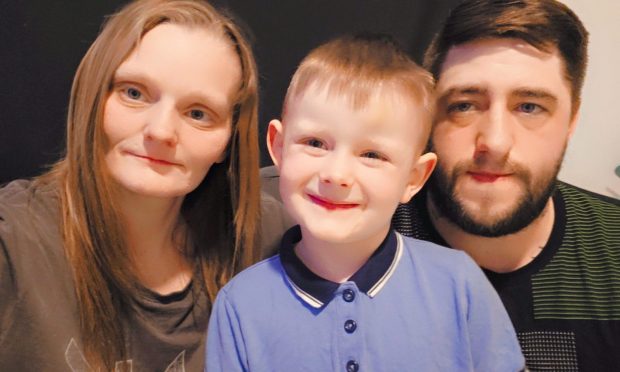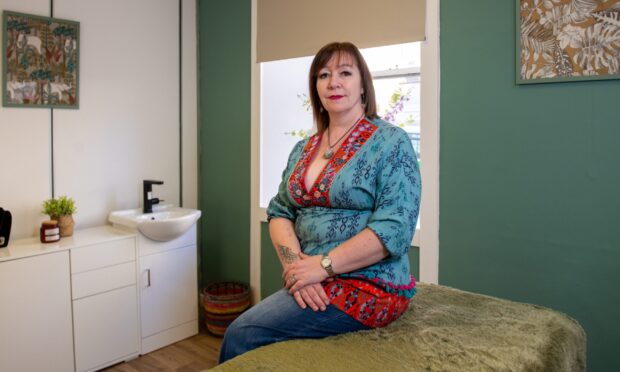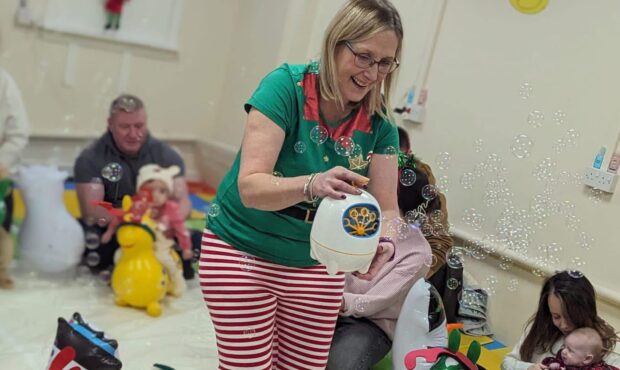We’ve all heard of organic food but what exactly is it and why should we be eating it?
Generally speaking, it means that food and other products have been produced using farming methods where chemical fertilisers, pesticides, or other artificial chemicals have been severly restricted, and which involve higher levels of animal welfare. It results in a more environmentally sustainable management of the land and natural environment.
September is organic month and as more and more of us want to know what we’re eating and that our food is healthy, tasty, ethical and local, it makes sense to switch to organic, or at least incorporate some organic products into our daily lives.
All organic food is fully traceable from farm to fork – look out for the Soil Association organic symbol on food, health, beauty and textile products.
Ian Alexander of Heart Space Wholefoods in Dundee opened the shop in 2014 in response to increased local demand for organic foods and is keen to bust the myth that buying organic is expensive.
“Ten years or so ago when organic food first became easier to access, it was quite expensive but now it’s much more widely available, it’s a lot more competitively priced,” he observes. “We have people from all walks of life shopping here and that’s great to see.”
There are easy ways to gradually incorporate organic into your lifestyle:
Switch to organic milk which has higher levels of omegas-3 and 6.
Eat less, but better, organic meat. Organic animals are fed a GM free diet and graze on organic pasture.
Switch to organic beauty – what you put on your body is as important as what you put in it.
Sign up for an organic veg box. Organic farms support 50% more wildlife than non-organic farms, so you’re also helping to protect bees, birds and butterflies.
Brew an organic tea or coffee, grown without the use of artificial pesticides and fertilisers which helps farmers in the developing world and means healthier soils and more habitats for birds and wildlife.
www.soilassociation.org
Did you know?
Growing your own vegetables is healthier for you as you can eat them immediately, stopping any loss of nutrients.
By having an organic garden you are helping the environment by encouraging bio-diversity.
95% of our food comes from soil.
Around 10 million hectares of land are abandoned every year due to soil erosion caused by unhealthy soil.
Just one teaspoon of soil contains around 10,000 different species and more living things than there are people in the world.
It can take up to 1,000 years for just 1cm of topsoil (the upper most layer of soil, rich in nutrients and organic matter) to form.
A study showed that organic crops are 70% richer in key antioxidants and significantly lower in harmful heavy metals.
Every minute we lose the equivalent of 30 football pitches of fertile soil, and it’s getting worse.
Shoppers spent an extra £1.73 million a week on organic products in 2015.
